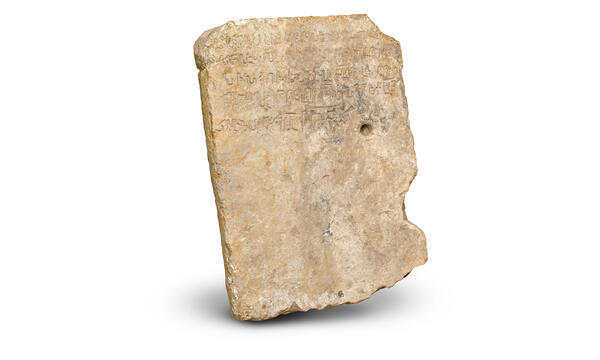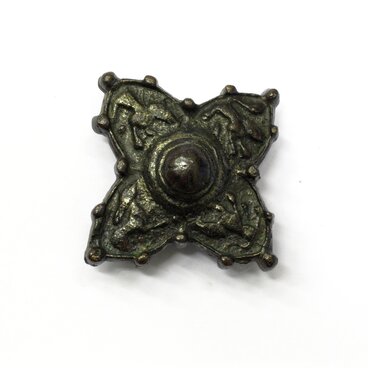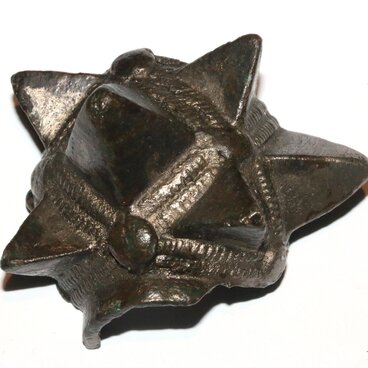The ancient Armenian gravestones were found in the cities of Kazan and Tetyushi in the early 18th century. They were made in the form of a sarcophagus, and the inscriptions covered the monument’s surface. This made them different from Muslim gravestones, which looked like flat tombs.
In 1772, emperor Peter the Great examined the Armenian sarcophagi during his visit to Bolgar. I. Vasiliev translated all the inscriptions into Russian. French orientalists of the 18th-19th centuries, Antoine Jean de Saint-Martin and Marie-Félicité Brosset, also studied these texts. Marie-Félicité Brosset described dozens of Georgian and Armenian gravestones on the territory of Russia.
They were near the Christian church in the Armenian colony — it was called the Greek Chamber. The colony was located outside the ancient Bolgar settlement, at the western gate.
In 1945, no gravestones were found during the new excavations on the territory of the Armenian colony. Scientists decided that in the 18th century, sarcophagus could be used as a building material for the construction of the Assumption Church. It turned out to be correct. During the temple restoration, one of the stones was removed and transferred to the museum collection. Today one can see it at the exhibition “History of the Civilization of Volga Bolgars.”
The inscription consisting of five lines reads:
In 1772, emperor Peter the Great examined the Armenian sarcophagi during his visit to Bolgar. I. Vasiliev translated all the inscriptions into Russian. French orientalists of the 18th-19th centuries, Antoine Jean de Saint-Martin and Marie-Félicité Brosset, also studied these texts. Marie-Félicité Brosset described dozens of Georgian and Armenian gravestones on the territory of Russia.
They were near the Christian church in the Armenian colony — it was called the Greek Chamber. The colony was located outside the ancient Bolgar settlement, at the western gate.
In 1945, no gravestones were found during the new excavations on the territory of the Armenian colony. Scientists decided that in the 18th century, sarcophagus could be used as a building material for the construction of the Assumption Church. It turned out to be correct. During the temple restoration, one of the stones was removed and transferred to the museum collection. Today one can see it at the exhibition “History of the Civilization of Volga Bolgars.”
The inscription consisting of five lines reads:



